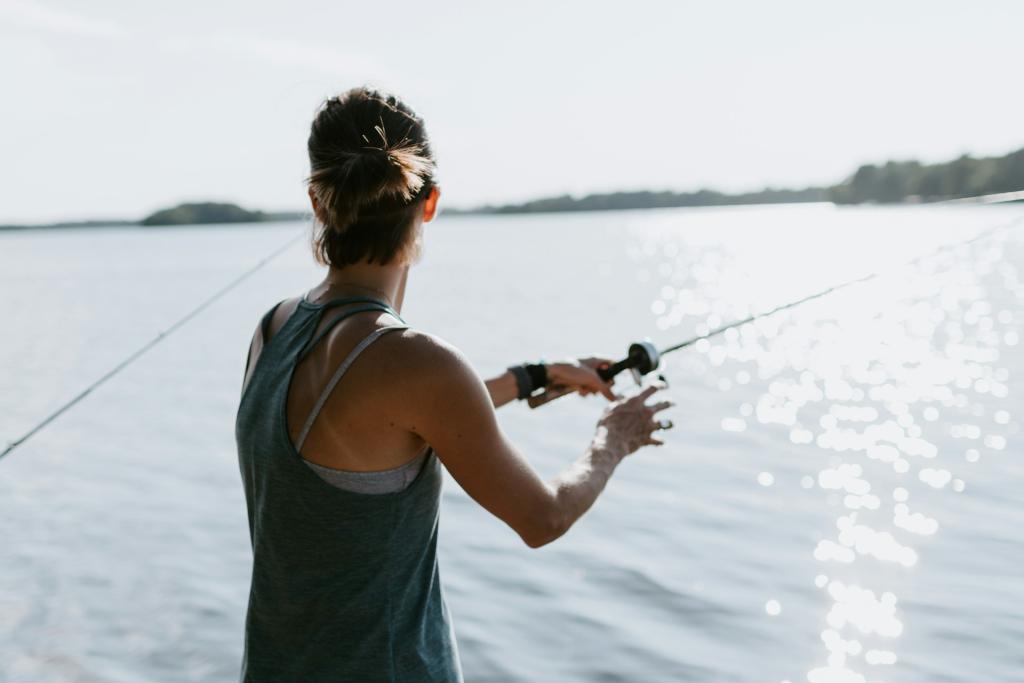
If you’re a lake homeowner and angler, chances are, you know your lake very well. You know exactly what time to wake up to get on the water, you know what times the fish are biting, and you know what sloughs to try for good luck. However, when you’re exploring a new lake for the first time, you might feel uncertain. How do you know where to start? Whether it’s a large or small lake, the same rules tend to apply for fishing in new water.
Do Your Research Beforehand

Before you arrive, learn as much about the lake as you can! The internet is a wealth of knowledge with maps of topography, online resources, and blog posts. Additionally, there are plenty of videos (like this one for Lake of the Ozarks) of anglers who are familiar with your lake area. Locally, you can also gather intel from your neighborhood bait shop or other community lake resources.
Assess the Season and Temperature
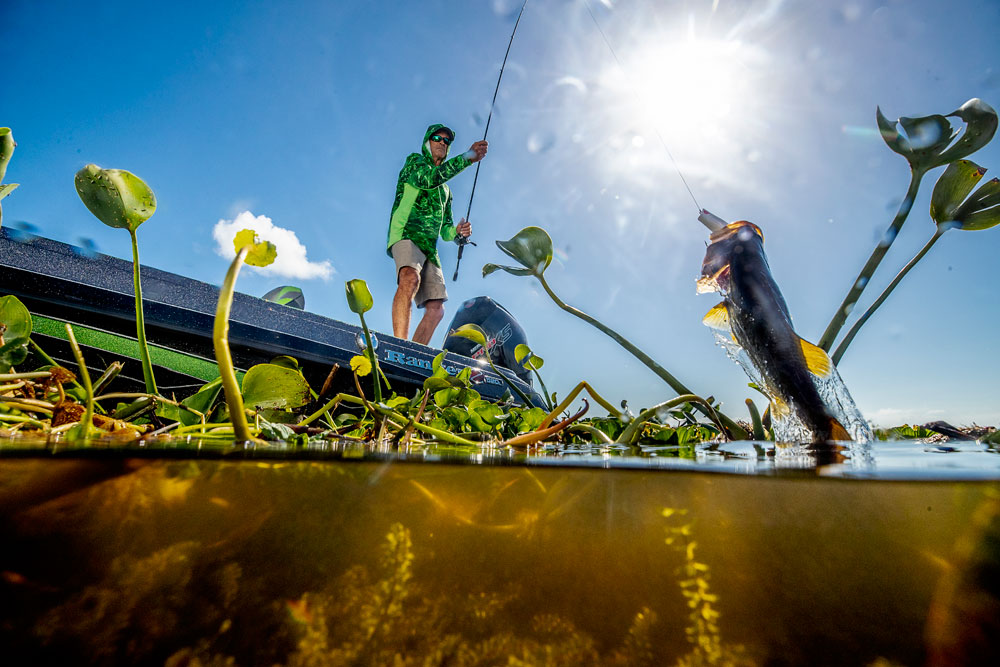
Without knowing a new lake, you can rely on the general rules of seasonality and temperature, which play a huge role in the location of fish — no matter the lake! It’s important to consider both factors, as they intersect with one another. In winter, fish seek out the warmest waters available. Due to lake stratification, the warmest spot on cold days is at the bottom of the water. However, if there’s a spike in temperature, they’ll swim toward the center of the lake. In spring and summertime, it’s best not to fish in deep water, when instead, fish will be spawning in shallower areas.
Pay Attention to Environmental Micro-Changes
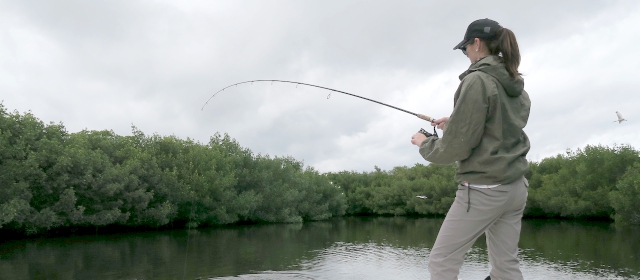
The best anglers know that these rules about seasonality are simply guiding principles, rather than infallible truths. It’s just as important to keep a keen eye on the micro-changes in the environment — the day-to-day differences on the lake. For instance, if you’re in a heatwave but there’s a sudden cloudy day, fish will take the opportunity to feed, which in turn is an excellent opportunity for you to fish. Micro-changes also include adjustments in water level. For instance, when water levels rise, fish gravitate closer to the shallow shoreline waters.
Know Your Type of Bait Fish
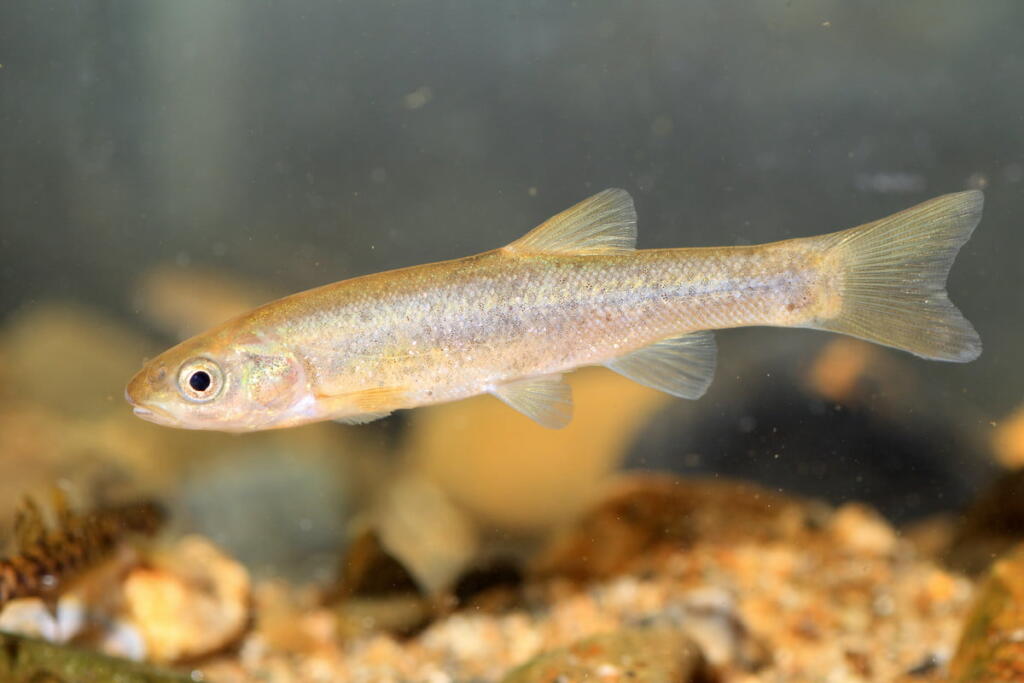
On any lake, a crucial part of fishing is knowing which bait to use. On an unfamiliar lake, the best way to gauge this is by observing the baitfish that your target is already chasing after. Have you noticed a group of minnows around the dock? Or white suckers swarming in one particular slough? These observations clue you into what your target fish is after, and you can choose similar bait that will lure them in.
Take a Bird’s Eye View
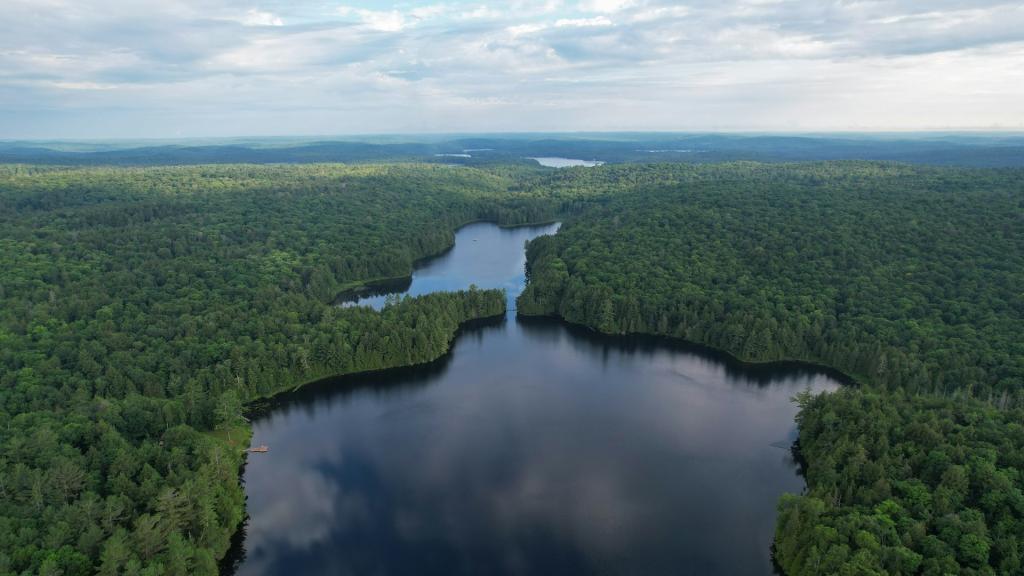
When fishing in new water, many anglers make the common mistake of stopping at one intriguing area of the lake. They see a slough they like, turn off the motor, and stay there. However, there are many benefits to surveying a larger portion of the lake first! This tactic will help you understand the lake on a holistic level, learn the ideal hiding spots for fish, and ultimately improve your ability to understand quickly and fish on a new lake.
We hope these tips help you reel in more fish as you explore your next lake area!

